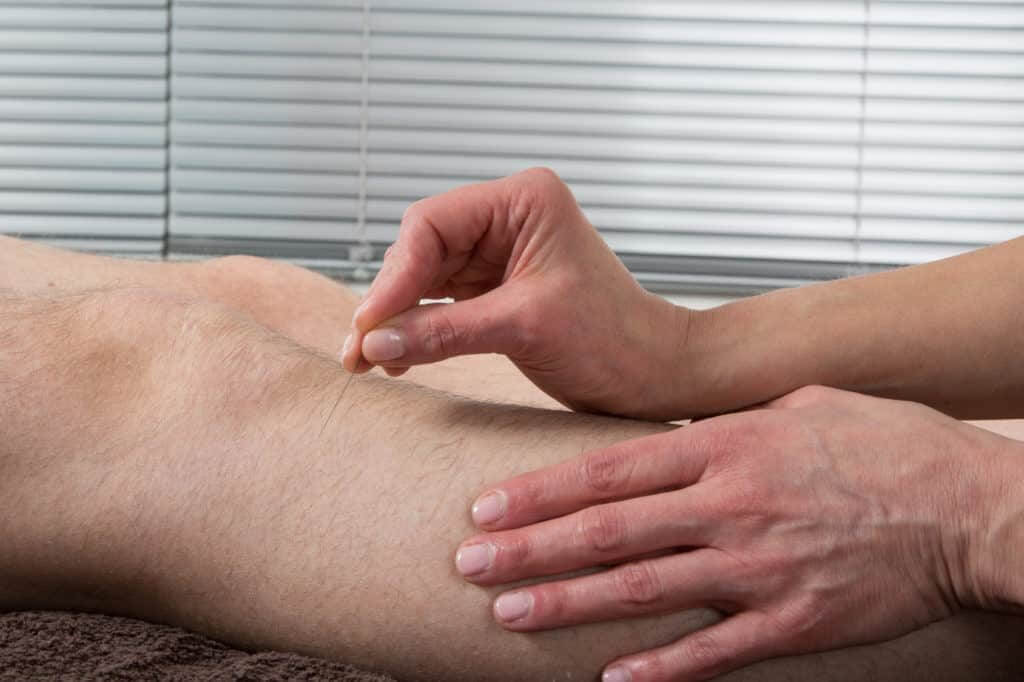
Acupuncture For Osteoarthritis
Osteoarthritis is a common cause of bony and joint pain, particularly in older individuals and those who do manual labor. The Western medical practice for this condition includes giving corticosteroid injections into affected joints and giving nonsteroidal anti-inflammatory medications.
Those who suffer from osteoarthritis and who are looking for relief of their symptoms through alternative medical therapies have many choices. Some of these choices include chiropractic therapy, massage therapy, and herbal remedies for the pain. About 1-2 percent of osteoarthritis patients, however, make use of acupuncture in order to manage their arthritic symptoms.
Doctors who practice acupuncture say that it is unfortunate that so few people choose acupuncture as a way of controlling their symptoms. They say that acupuncture can be an excellent hands-on treatment that can provide improvement in symptoms among those who suffer from this chronic degenerative disease.
Researchers point out, however, that it is difficult to interpret research studies on acupuncture for the treatment of osteoarthritis, in part because there will always be a placebo effect from acupuncture therapy.
The placebo effect is when a person feels symptom relief even when the treatment wasn’t designed to help the symptoms. This could make the results of any research study difficult to interpret.
Does Acupuncture Work For Osteoarthritis?
Acupuncture plays a big role in the practice of Traditional Chinese Medicine and has been practiced by these providers for many thousands of years. Trained acupuncturists treat various medical conditions by inserting thin, sterile needles at specific acupuncture points throughout the body. There are more than 2000 acupuncture points.
It is believed that acupuncture helps by improving the flow of qi energy that normally flows along energy “highways” called meridians. The blockage of qi energy results in the formation of disease. The goal of acupuncture is to restore the flow of qi so that pain and other symptoms can be relieved.
Western medical circles do not speak of the concepts of meridians and qi energy but they do have evidence to suggest that acupuncture can provide pain relief in patients who have osteoarthritis. A needle that is placed well on a specific acupuncture point produces a chemical or electrical signal that travels to the brain by means of the spinal cord. This releases a variety of neurotransmitters, particularly endorphins that reduce the perception of pain.
The insertion of acupuncture needles also increases the body’s production of cortisol by the adrenal glands. Cortisol is a hormone that controls the type of inflammation that can be seen in osteoarthritis. Acupuncture may also be helpful by stimulating the release of other chemicals in the body responsible for the perception of pain.
In a study written up by the Arthritis Foundation, a total of 570 individuals over the age of 50 who had osteoarthritis of the knee were evaluated. A portion of the participants received a total of 23 acupuncture treatments over about six months. A comparison group was created who received sham acupuncture instead.
The study was published in the Annals of Internal Medicine in 2004. They found that, after 26 weeks of therapy or sham therapy, those participants who got the real acupuncture had markedly reduced perception of pain and better functionality of the knee when compared to the control group.
Problems With Sham Acupuncture
There have been several other studies that showed that receiving actual acupuncture for osteoarthritis was not much more effective than receiving a placebo form of therapy in the form of sham acupuncture treatments.
In a large review of the available scientific literature regarding acupuncture and its treatment of osteoarthritis showed no increase in effectiveness over sham acupuncture treatments.
This is largely because of the placebo effect, in which the sham procedure mimics the real procedure enough so that the patient has a positive effect even though no positive effect was intended. This can lead to results that can be misleading and may not show as great an effect of actual acupuncture versus sham acupuncture.
Some researchers are of the belief that piercing of the skin in any location may stimulate the same neurochemicals as is seen in regular acupuncture. This could result in an unintended release of pain-relieving endorphins, similar to actual acupuncture.
Better results of acupuncture against osteoarthritis have been seen in those research trials that compared actual acupuncture with western forms of medical treatment, such as physical therapy and the giving of pain relievers. In these studies, it was clear who was receiving the acupuncture treatment and who was receiving the other forms of therapy.
Acupuncture may not be effective for every patient who tries it but, in many research studies, about half of the patients who have moderate osteoarthritis will have some decrease in debility and pain because of their disease after receiving acupuncture therapy. Of course, the thousands that use this ancient natural remedy and swear by can’t all be wrong.
